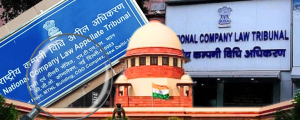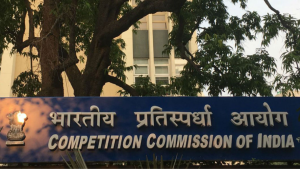

Access to Justice: a Fundamental Right
A Constitution Bench of the Supreme Court in Anita Khushwa v. Pushpa Sadan (judgment delivered on July 19, 2016) has not only affirmed earlier declarations that ‘access to justice’ is a fundamental right under Article 21, but has made an effort to identify the various components of access to justice. CJI TS Thakur, speaking for the Bench, declared that access to justice is not only to be found in Article 21 but also under Article 14. The CJI further identified four facets of access to justice- a) the state must provide an effective adjudicatory mechanism; b) the mechanism so provided must be reasonably accessible in terms of distance; c) the process of adjudication must be speedy; and d) the litigant’s access to the adjudicatory process must be affordable.
The Constitution Bench’s decision goes further than earlier decisions of the Supreme Court on access to justice in identifying these facets. Unfortunately, the Court does not explain these facets in detail and ends up repeating what many earlier judgments have done. The only facet that is discussed in reasonable new detail is the speedy adjudication one. However, the Court does not finally say anything meaningful on speedy adjudication, except to point out that justice delayed is ‘justice denied’. The Bench only hopes that more number of courts are set up soon and that adequate judges and staff are appointed to bring India’s judge-population and judge-litigation ratios to levels that are comparable to other countries. It is a rather disappointing conclusion to what promised initially to be a path breaking discussion. The positive outcome, though, of the discussion on speedy adjudication is the express extension of the speedy adjudication right to civil cases.
The judgment unfortunately does not go far enough to make a real difference to the issues surrounding access to justice. To be honest, the judiciary has an unenviable task when it is dealing with access to justice issues in a judgment, as judicial inefficiencies and lack of capacity are two of the primary hurdles preventing proper access to justice. Any improvement in access to justice can happen only when the judiciary takes an honest look at how courts function. Currently, the discourse on access to justice is stuck at the level of judicial strength, lok adalats and legal aid! We need to extricate ourselves from this discourse to meaningfully discuss and deliver access to justice. That can only happen if the judiciary, primarily, and the executive look at the hopeless state of the High Courts and the lower judiciary, as well as think of going beyond lok adalats and reimagine access to justice. Lok adalats do not result in entrenchment of rights for the disenfranchised. A few grand orders in PILs by the Supreme Court and High Courts are insufficient to deliver real access. Until the judiciary starts looking at the speedy adjudication on the administrative side by making policy changes and enforcing the reasonably well crafted case flow management rules, merely judicially reaffirming earlier declarations on access to justice is not going to help.
Of course, it is easy to miss the irony that this declaration about speedy justice by the Constitution Bench has come in the matter of Transfer Petitions filed in Supreme Court from 2008-2014! Why should any transfer petition remain pending in the Supreme Court for 8 years?
The views expressed in this article are solely those of the author’s and they do not represent the views of DAKSH.

Harish Narasappa
RECENT ARTICLES


Testing the Waters: Pre-Implementation Evaluation of the 2024 CCI Combination Regulations

Not Quite Rocket Science

Administration of justice needs an Aspirational Gatishakti

-
Rule of Law ProjectRule of Law Project
-
Access to Justice SurveyAccess to Justice Survey
-
BlogBlog
-
Contact UsContact Us
-
Statistics and ReportsStatistics and Reports
© 2021 DAKSH India. All rights reserved
Powered by Oy Media Solutions
Designed by GGWP Design